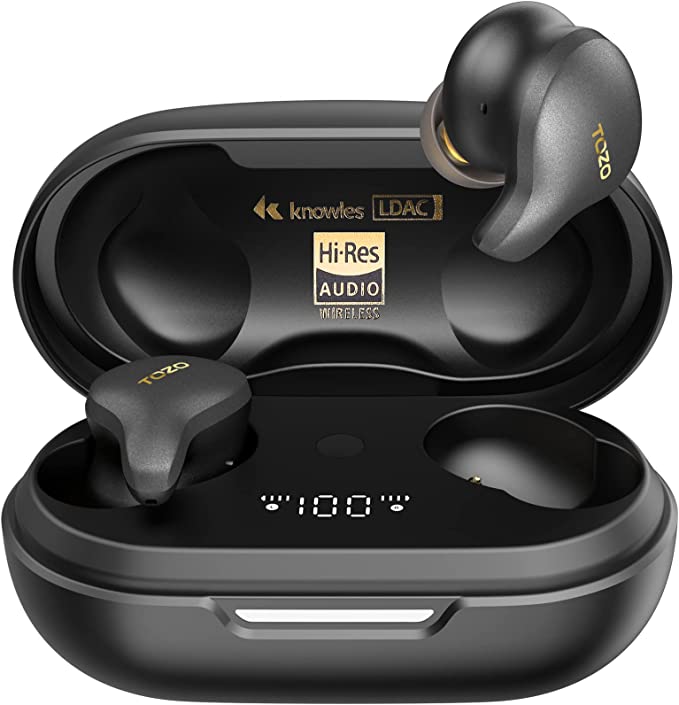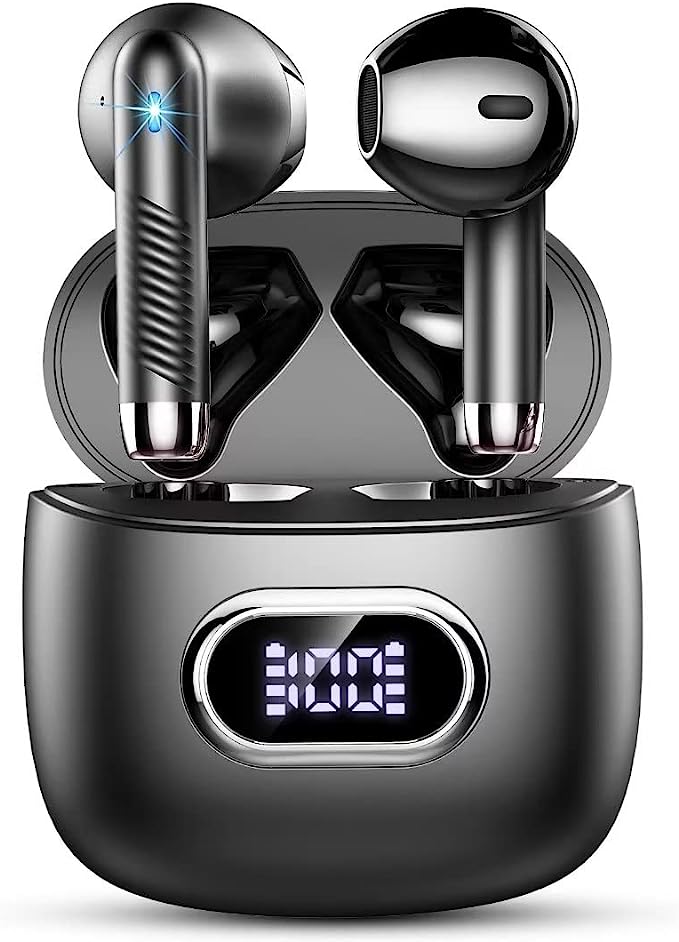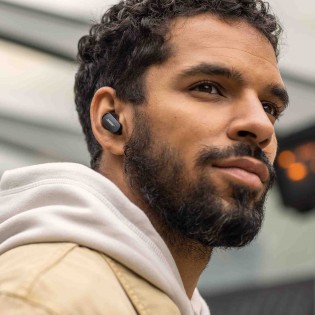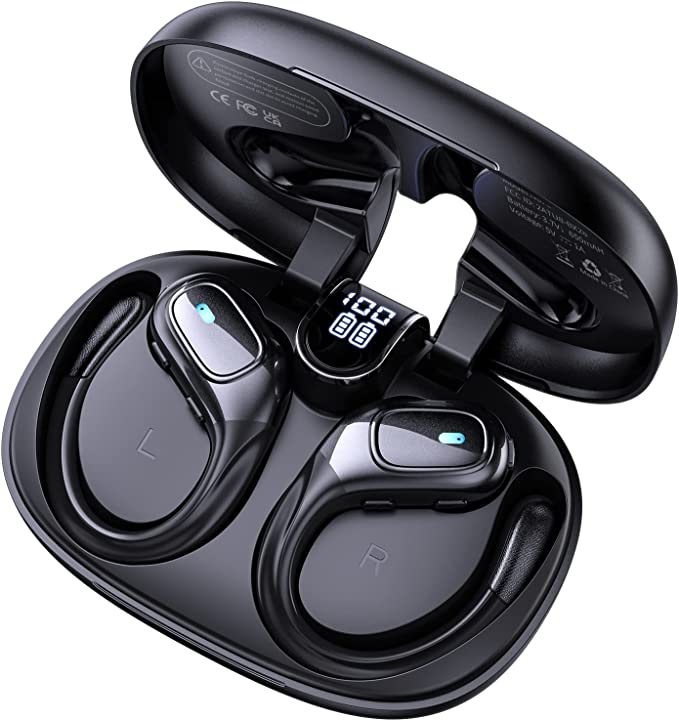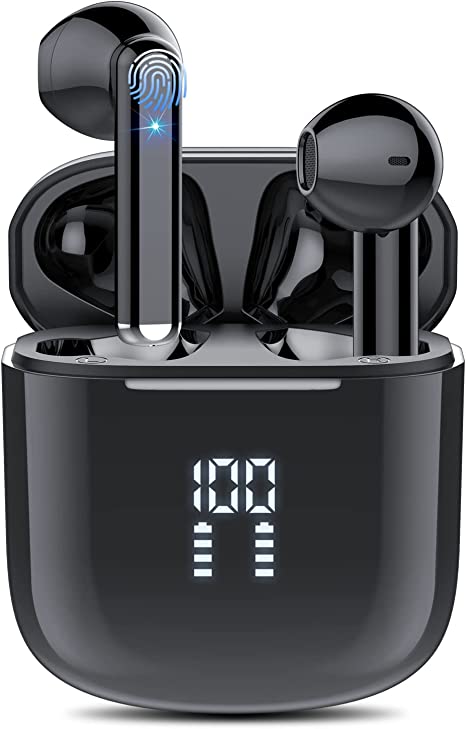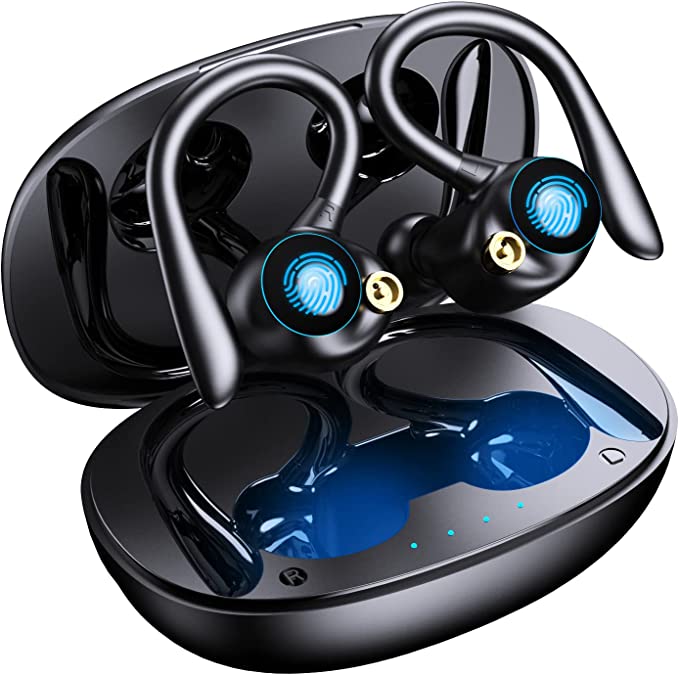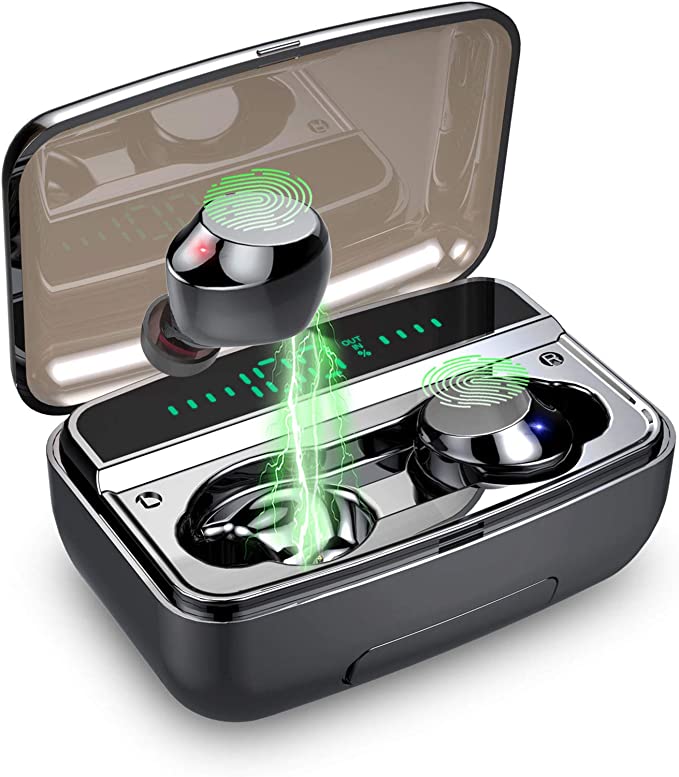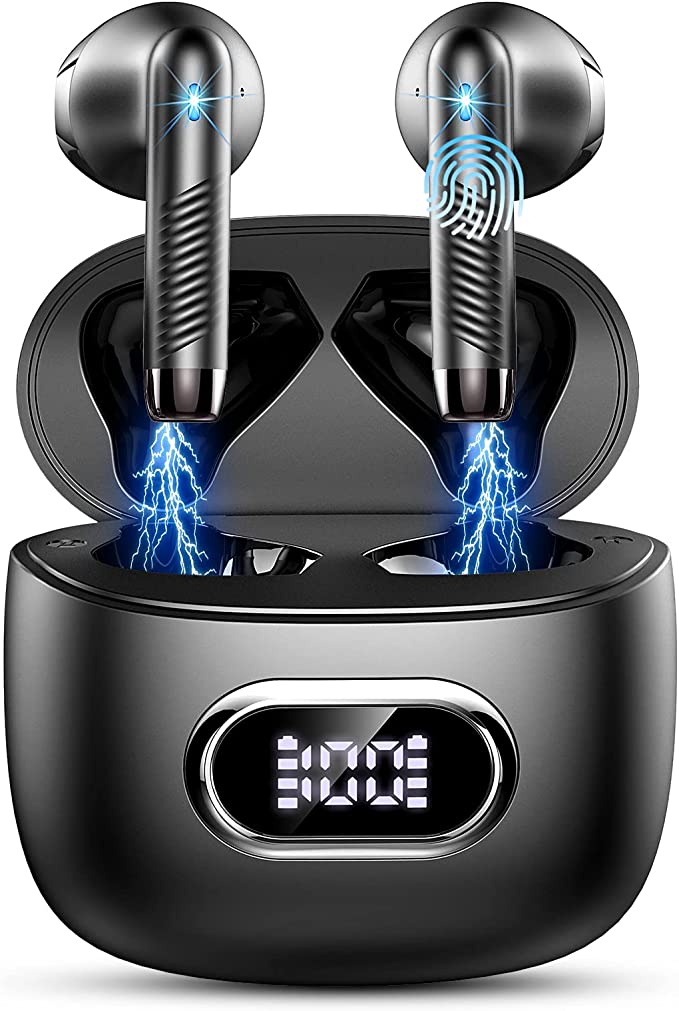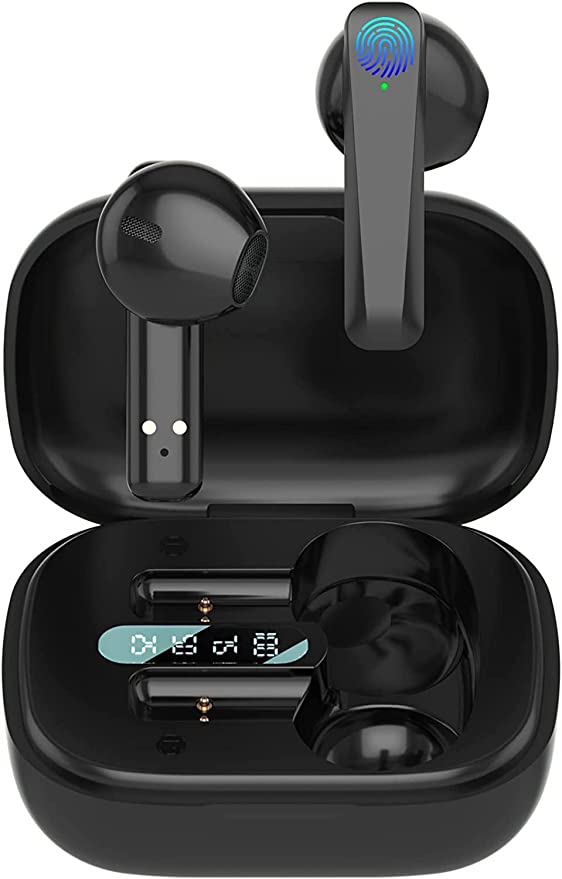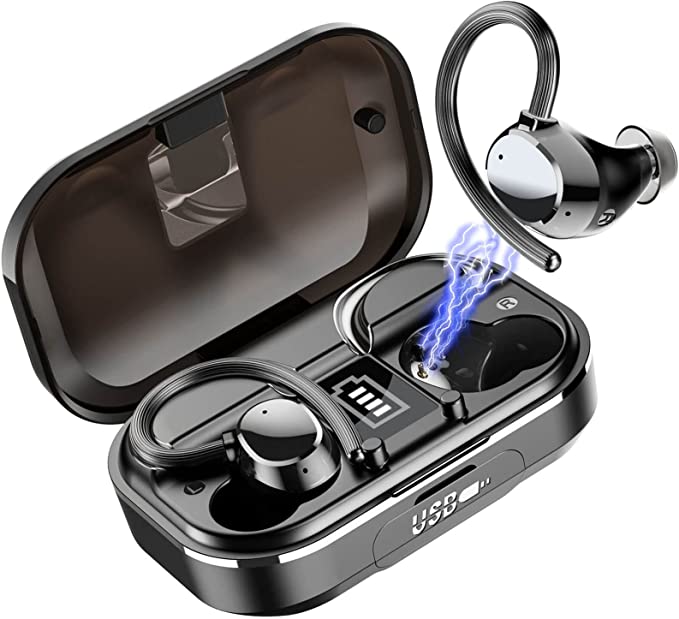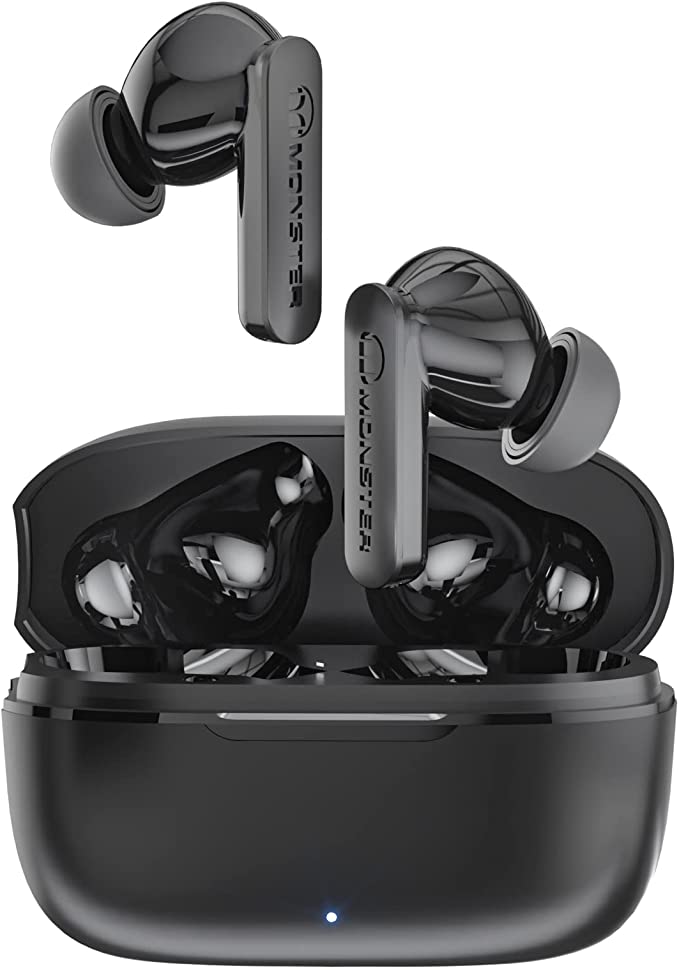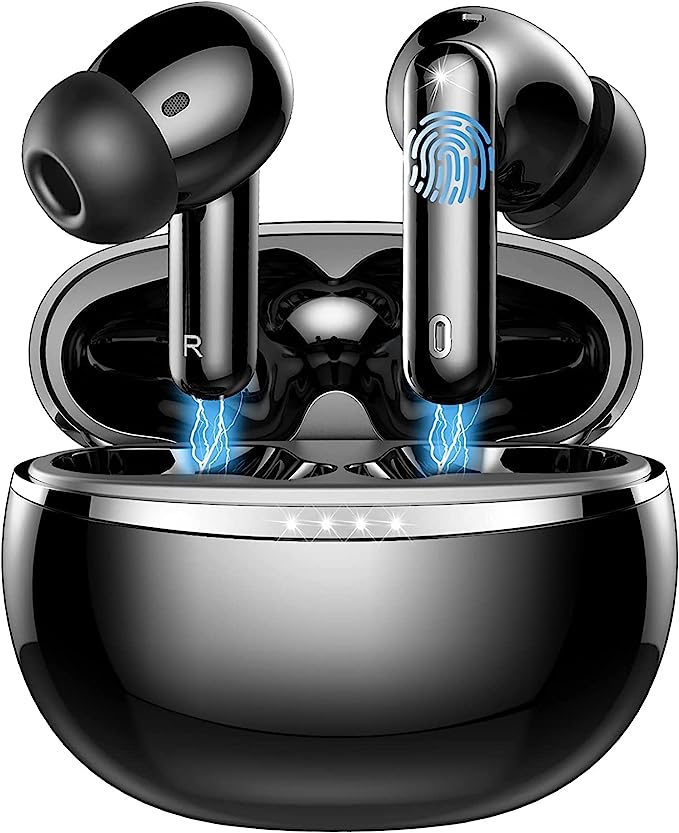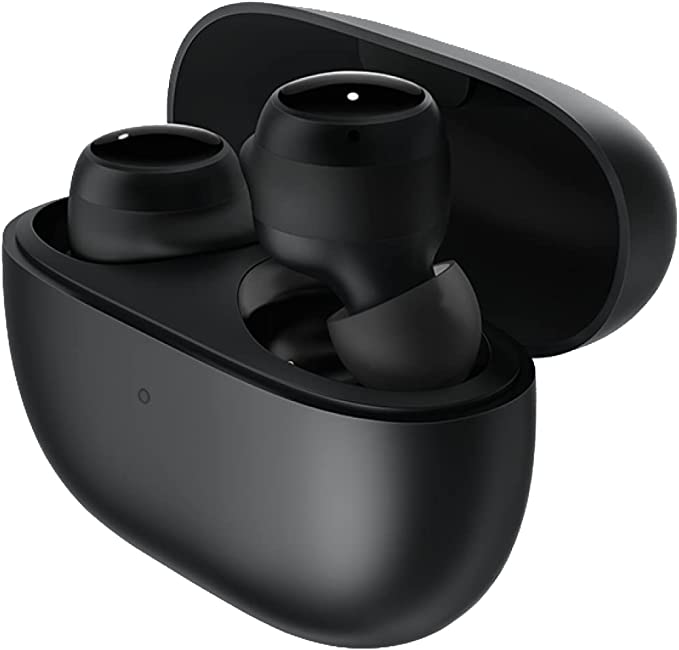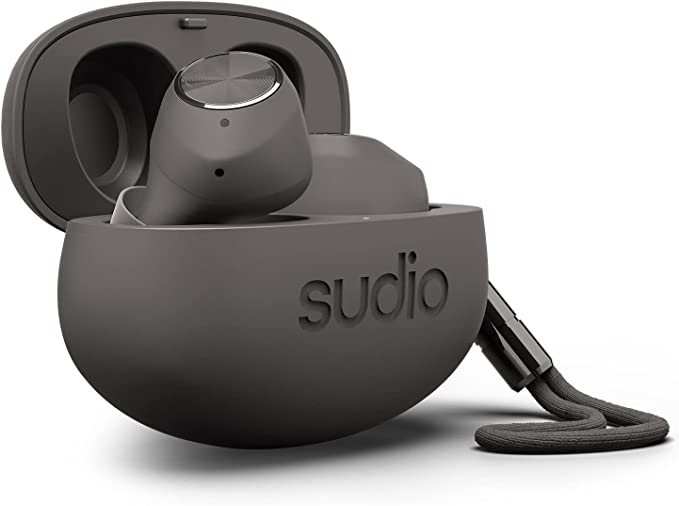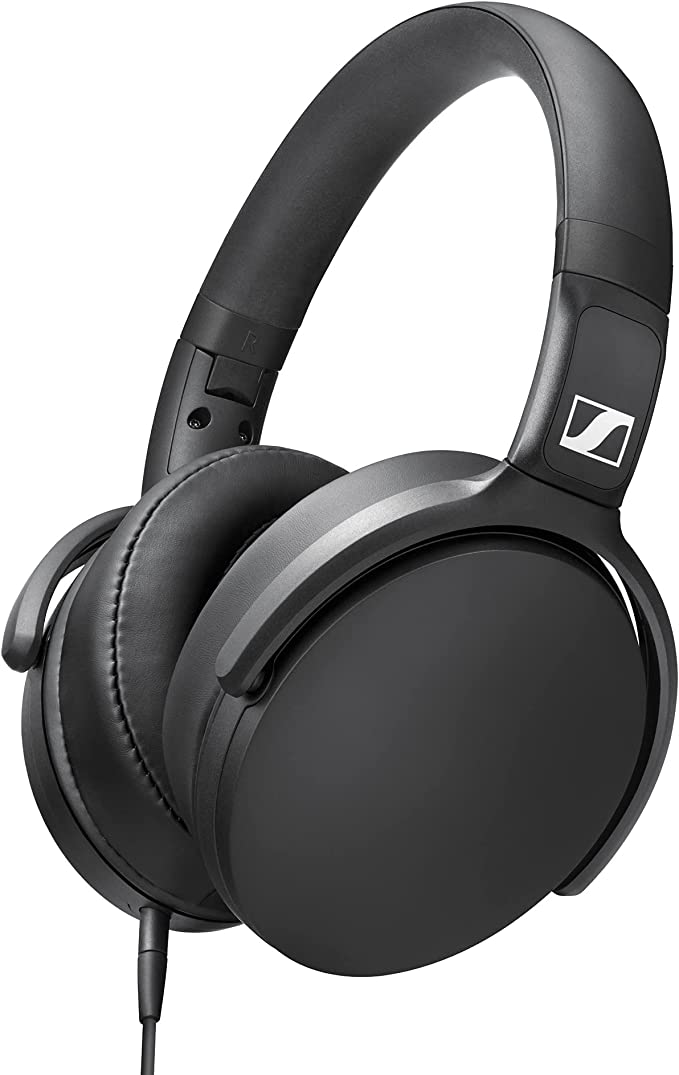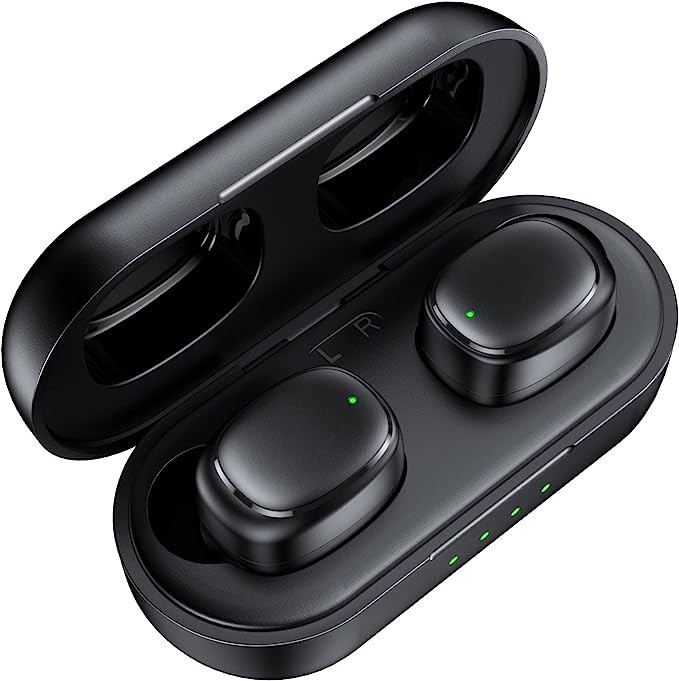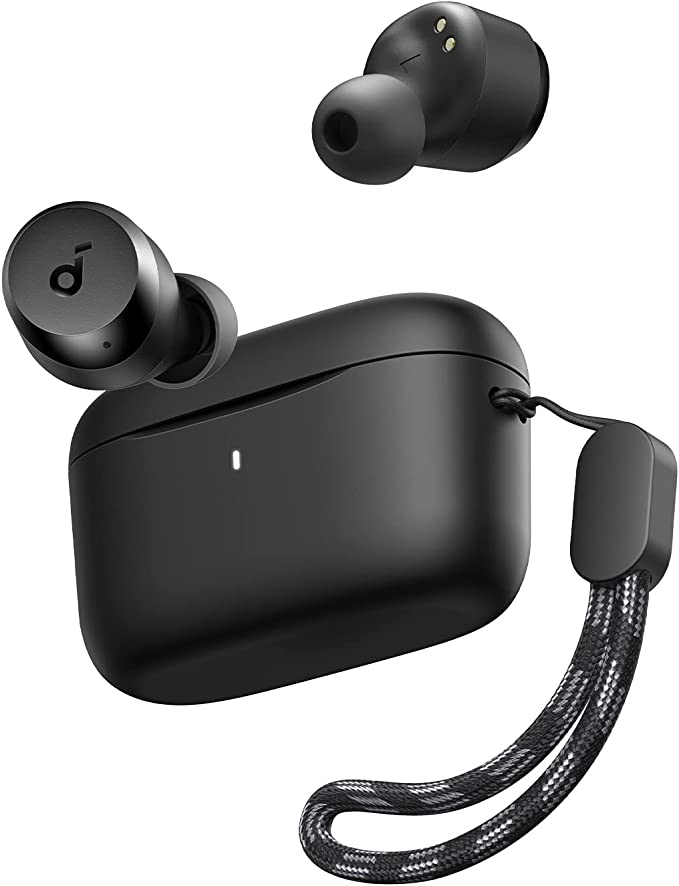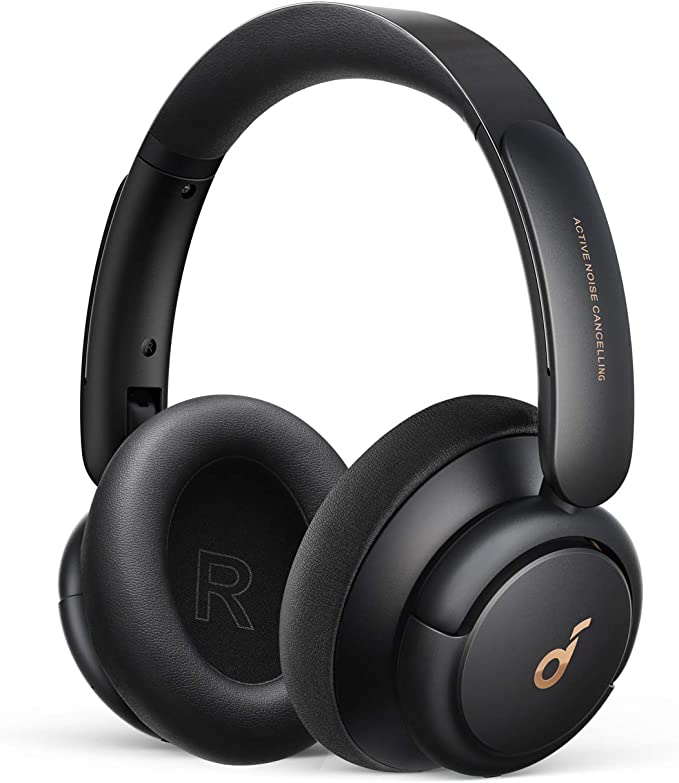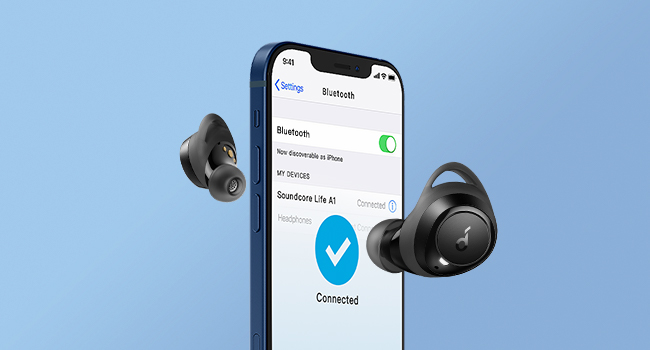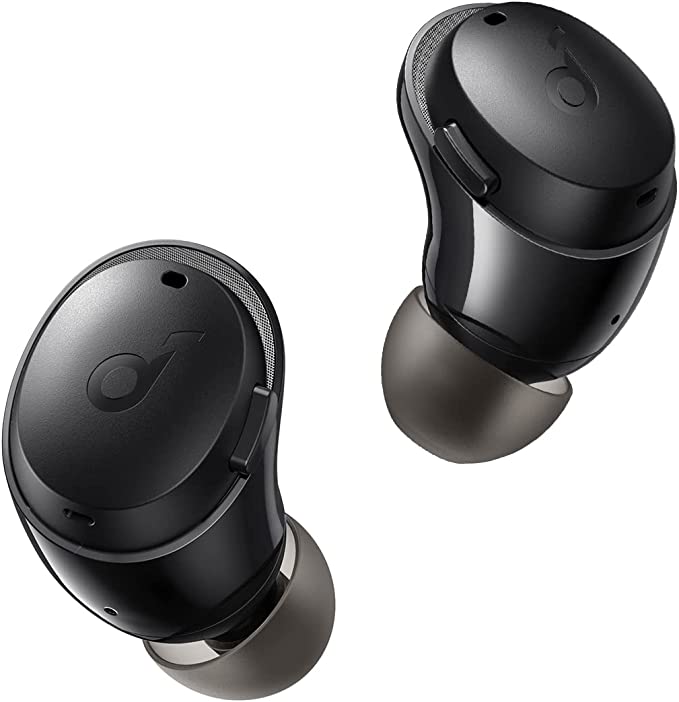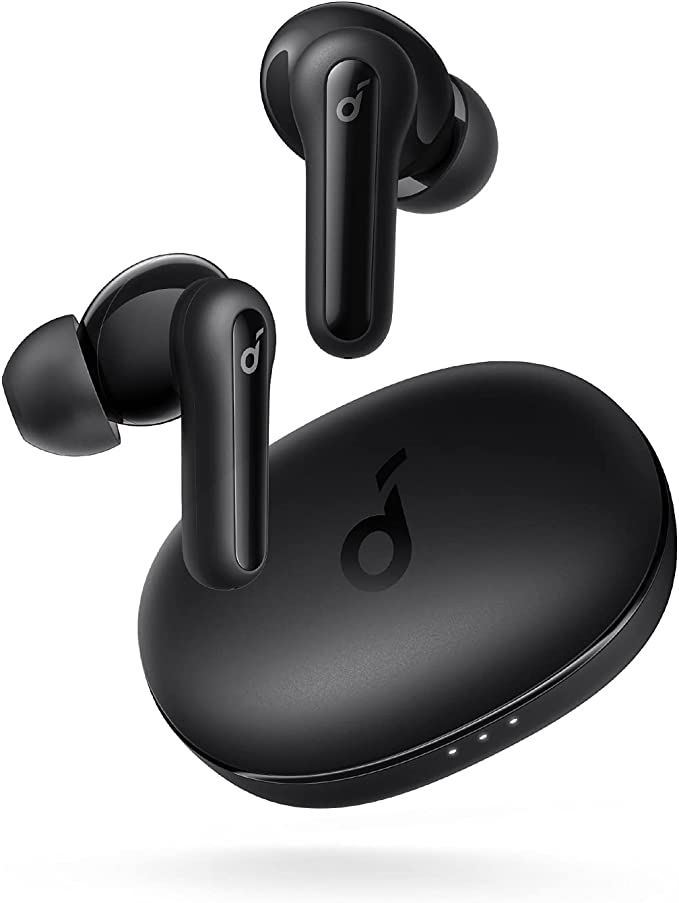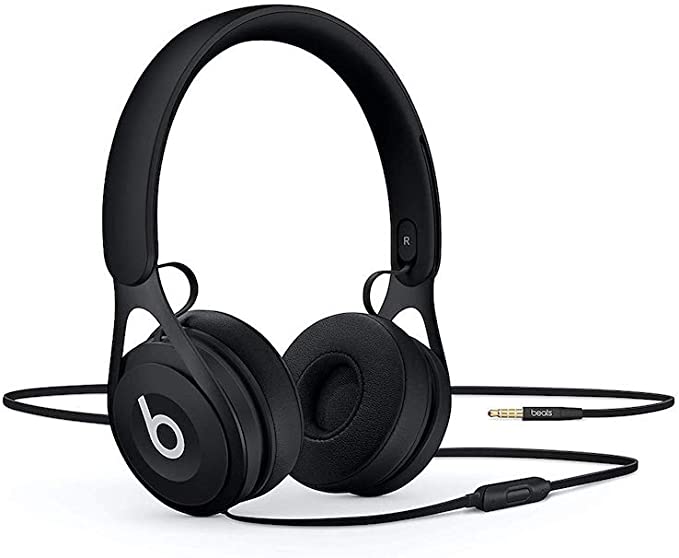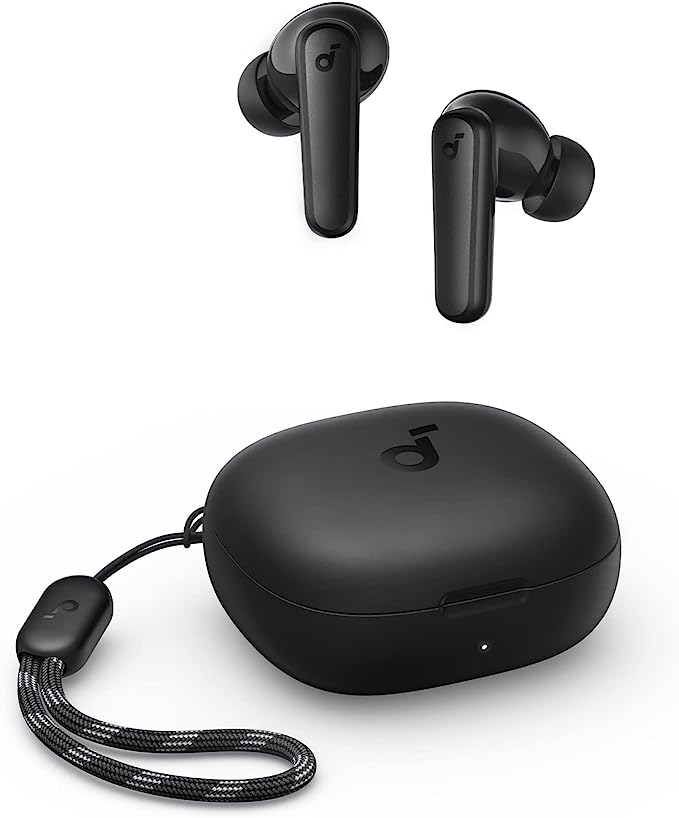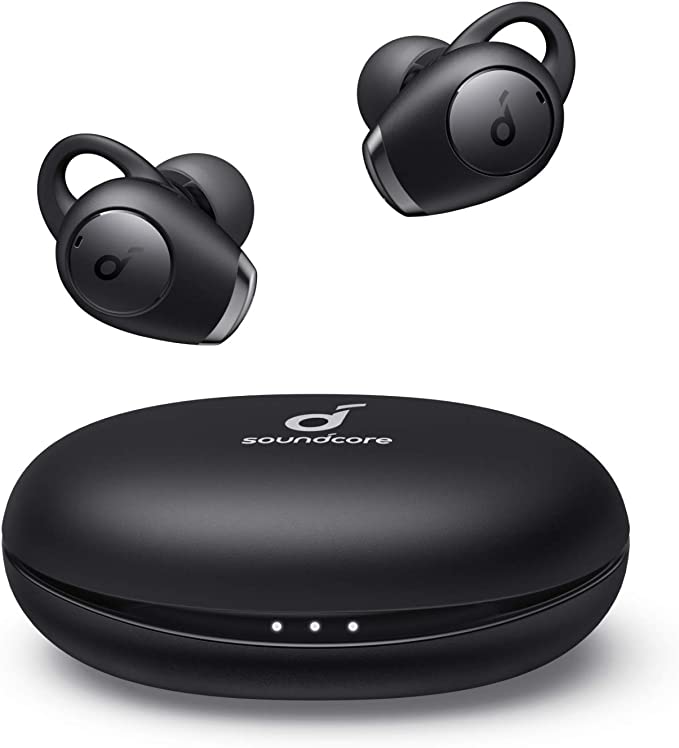HIFIMAN SVANAR Wireless: Audiophile Sound in a True Wireless Earbud
Update on March 7, 2025, 2:22 p.m.
The Audiophile’s Dilemma: Convenience vs. Quality
Imagine this: You’re a dedicated audiophile. You spend hours curating your playlists, meticulously selecting each track for its sonic nuances. You appreciate the delicate balance of a string quartet, the raw power of a rock anthem, the intricate layers of an electronic masterpiece. But when you step out the door, your high-fidelity world shrinks. Your bulky, wired headphones stay behind, replaced by the convenience of true wireless earbuds… and a significant drop in audio quality. This has been the audiophile’s dilemma: sacrifice sound for portability. Until now. The HIFIMAN SVANAR Wireless earbuds aim to bridge that gap, promising an audiophile-grade listening experience without the wires.
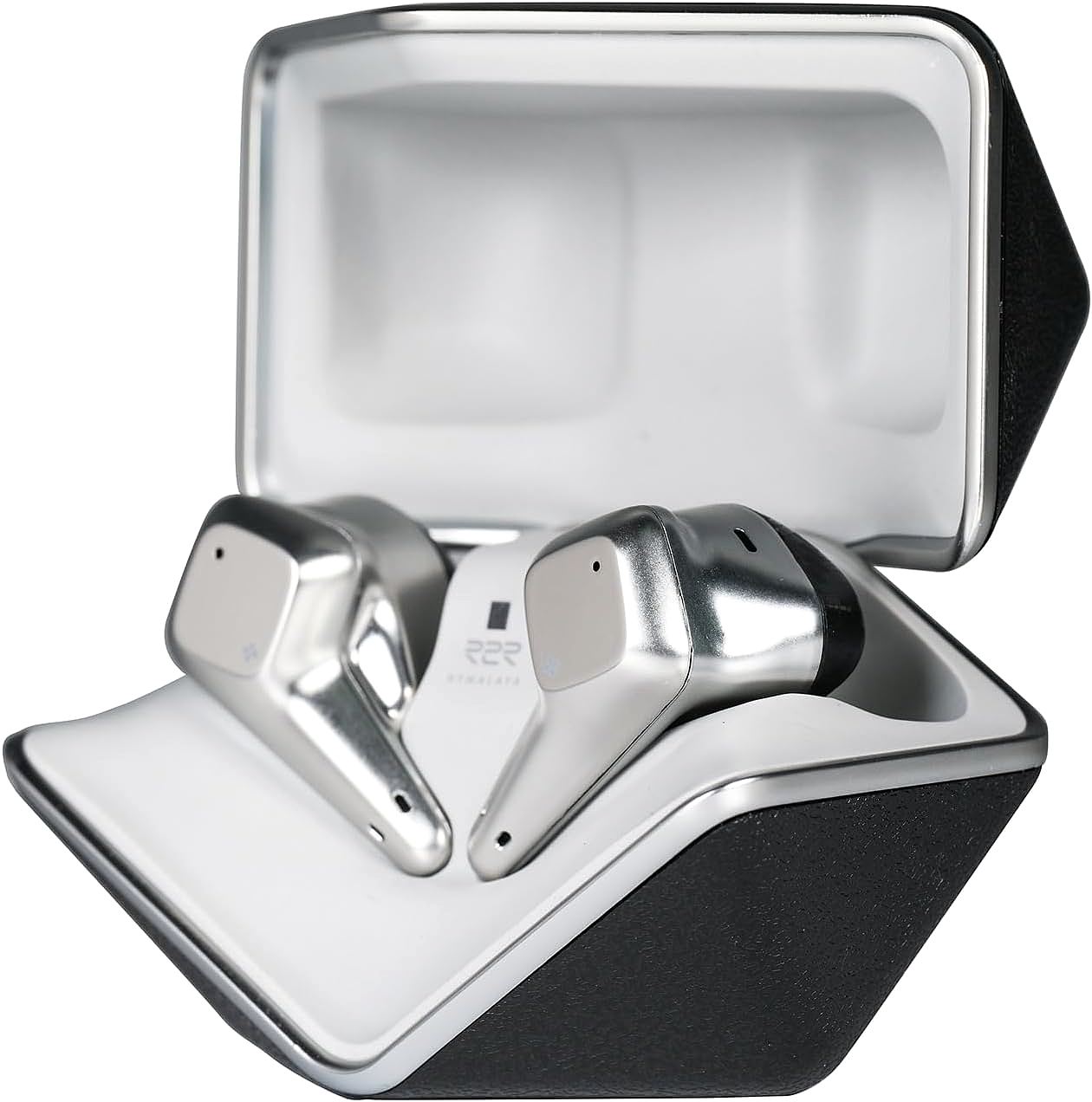
Decoding Digital Sound: A Primer
Before we dive into the specifics of how the SVANAR Wireless achieves this, let’s lay some groundwork. What makes digital audio sound good? Think of it like a digital photograph. The more pixels (resolution) a photo has, the more detail it captures. Digital audio works similarly.
- Sampling Rate: This is like the number of snapshots taken of a sound wave every second. Measured in kilohertz (kHz), a higher sampling rate means more “snapshots,” capturing more of the original sound’s detail. Standard CD quality is 44.1 kHz, meaning 44,100 samples are taken per second.
- Bit Depth: This determines the dynamic range – the difference between the quietest and loudest sounds. A higher bit depth (e.g., 24-bit vs. 16-bit) allows for more subtle variations in volume to be reproduced, leading to a more nuanced and realistic sound. Think of it like the number of colors available to paint a picture; more colors mean more subtle shades and gradients.
- Bluetooth Codec A huge problem: how to send all the information to the earbud. Bluetooth wasn’t designed for high-quality audio, more for simple data. This is where the Codec comes in. It is like a translator. Imagine you’re trying to share a complex story with someone who speaks a different language. A basic translator might get the gist across, but a skilled interpreter will capture the nuances and emotions. That’s what a good audio codec does.
Standard Bluetooth uses the SBC codec, which is like that basic translator. It gets the job done, but it compresses the audio, losing detail. The SVANAR Wireless, however, supports LDAC, a codec developed by Sony. LDAC is like that skilled interpreter. It can transmit up to three times more data than SBC, preserving much more of the original audio information, resulting in a significantly richer and more detailed sound.

The Resistor Ladder: Unpacking R2R DAC Technology
Now, let’s get to the heart of what makes the SVANAR Wireless special: its DAC. The DAC, or Digital-to-Analog Converter, is the component that transforms the digital audio data (ones and zeros) back into an analog sound wave that your ears can hear. Most true wireless earbuds use a type of DAC called a Delta-Sigma DAC. These are efficient and small, perfect for fitting inside tiny earbuds. However, they often introduce a subtle “digital glare” or harshness to the sound, a quality that audiophiles often find undesirable.
HIFIMAN took a different, and arguably bolder, route with the SVANAR Wireless. They implemented a custom-designed Himalaya R2R DAC. “R2R” refers to the “resistor ladder” network at the heart of this type of DAC. Imagine a series of light switches, each controlling a different light bulb. The combination of switches turned on and off determines the overall brightness. An R2R DAC works similarly, using a network of precisely matched resistors to convert the digital signal into an analog voltage, which then drives the earbud’s diaphragm to create sound.
The beauty of an R2R DAC lies in its linearity. Because it uses discrete resistors, it can convert the digital signal with greater precision, resulting in a more natural and “analog-like” sound, often described as warmer, smoother, and more musical. This is in contrast to Delta-Sigma DACs, which use a process called oversampling and noise shaping, which can sometimes introduce artifacts or a slightly artificial quality to the sound.
The challenge? R2R DACs are notoriously power-hungry and require more space. Fitting one into a true wireless earbud, along with all the other necessary components (battery, Bluetooth chip, amplifier), is a significant engineering feat. HIFIMAN’s accomplishment here highlights their commitment to prioritizing sound quality above all else. They’ve essentially miniaturized a technology typically found in high-end desktop audio equipment.

The Topology Diaphragm: A Material Advantage
The DAC is only part of the equation. The signal then needs to be converted into sound waves, and that’s the job of the diaphragm, the thin, vibrating membrane inside the earbud. HIFIMAN uses what they call a “Topology Diaphragm” in the SVANAR Wireless. This isn’t just a fancy name; it refers to a specific manufacturing process and material treatment.
The diaphragm itself is likely made from a thin, lightweight, and stiff material – crucial for accurate sound reproduction. But the key innovation is the nano-particle coating applied to its surface. While HIFIMAN hasn’t publicly disclosed the exact composition of this coating, we can infer its purpose based on material science principles.
Think of it like tuning a drum. A plain drumhead will vibrate, but a skilled drum maker can adjust the tension and add coatings to specific areas to control the resonance and create a more desirable tone. Similarly, the nano-coating on the Topology Diaphragm isn’t uniform. It’s applied in a specific pattern, likely varying in thickness and density across the diaphragm’s surface.
This precise control over the coating allows HIFIMAN to fine-tune the diaphragm’s vibrational characteristics. It can help to:
- Reduce unwanted resonances: Certain frequencies can cause the diaphragm to vibrate excessively, leading to distortion. The coating can dampen these resonances, resulting in a cleaner sound.
- Improve stiffness and damping: The coating can increase the diaphragm’s stiffness, allowing it to respond more quickly to the audio signal, improving transient response (the ability to accurately reproduce sudden changes in volume). It can also improve damping, preventing the diaphragm from ringing or vibrating excessively after the signal stops.
- Optimize frequency response: By strategically applying the coating, HIFIMAN can tailor the diaphragm’s frequency response, enhancing certain frequencies (like bass or treble) or smoothing out peaks and dips.
The result is a diaphragm that is more responsive, more controlled, and ultimately, capable of producing a more accurate and detailed sound.
Controlling Your Soundscape: ANC and Transparency Explained
The SVANAR Wireless isn’t just about delivering pristine audio; it’s also about controlling your listening environment. It features Active Noise Cancellation (ANC), a technology that has become increasingly common in headphones and earbuds.
Here’s how it works: Tiny microphones on the outside of the earbuds “listen” to the ambient noise around you. This noise is then processed by a chip inside the earbuds, which generates an “anti-noise” signal – a sound wave that is precisely the opposite of the ambient noise. When these two sound waves (the original noise and the anti-noise) combine, they effectively cancel each other out, creating a zone of silence. The SVANAR Wireless boasts noise cancellation up to -35dB, a significant reduction that can make a huge difference in noisy environments like airplanes, trains, or busy offices.
But sometimes, you want to hear what’s going on around you. That’s where Transparency Mode comes in. Instead of canceling out external sounds, Transparency Mode uses the microphones to amplify them, allowing you to hear your surroundings clearly without removing the earbuds. This is useful for situations where you need to be aware of your environment, such as crossing the street, ordering coffee, or having a quick conversation.
Beyond Audio: Design, Battery Life, and Practicalities
The SVANAR Wireless earbuds are designed with both aesthetics and practicality in mind. The sleek, silver finish gives them a premium look. Battery life is a crucial factor for any true wireless earbud, and the SVANAR Wireless offers a respectable performance: up to 4 hours in Hi-Fi mode (with the R2R DAC engaged), 6 hours with ANC, and 7 hours in Transparency mode. The included charging case provides an additional three full charges, extending the total listening time to up to 28 hours. The case also supports wireless charging, adding a convenient way to top up the battery. And with an IPX5 waterproof rating, the earbuds can withstand sweat and light rain, making them suitable for workouts and outdoor activities. The charging case is designed larger than most to accomdate bigger size eartips.
The Sound Signature: A HIFIMAN Tradition
So, how do they sound? While subjective preferences always play a role, the SVANAR Wireless exhibits a characteristic HIFIMAN sound signature: detailed, balanced, and with a natural, “analog-like” quality, thanks to the R2R DAC. The bass is powerful and well-defined, without being overwhelming. The midrange is clear and articulate, allowing vocals and instruments to shine through. The treble is extended and detailed, without any harshness or sibilance. The overall presentation is spacious and immersive, with excellent imaging (the ability to pinpoint the location of different instruments in the soundstage).
It’s a sound that’s both engaging and refined, suitable for a wide range of musical genres.
A Look Ahead
The HIFIMAN SVANAR Wireless represents a significant step forward in the quest for audiophile-grade sound in a true wireless form factor. It demonstrates that convenience and quality don’t have to be mutually exclusive. While the price point may be higher than many mainstream TWS earbuds, the SVANAR Wireless offers a level of sonic performance that is simply unmatched by most competitors. It’s a testament to HIFIMAN’s commitment to pushing the boundaries of audio technology, and it leaves us eagerly anticipating what they’ll come up with next.

